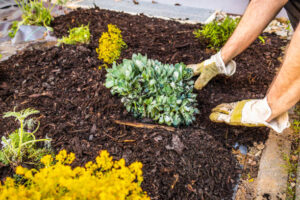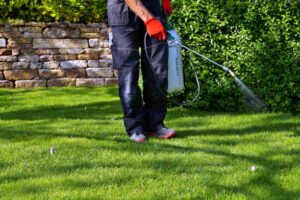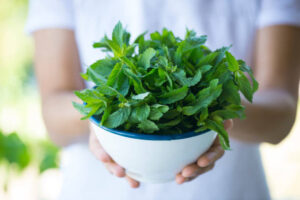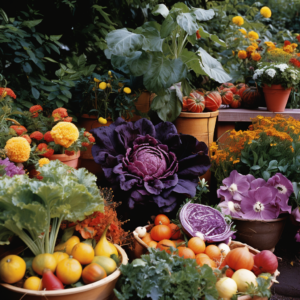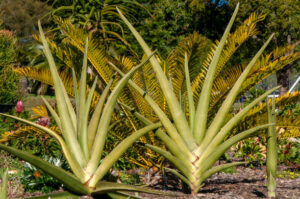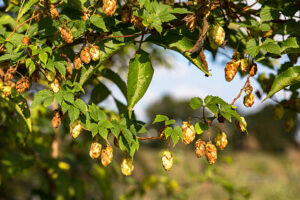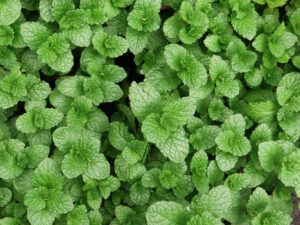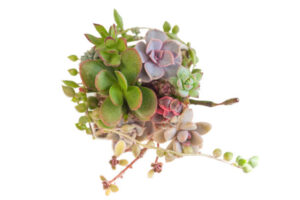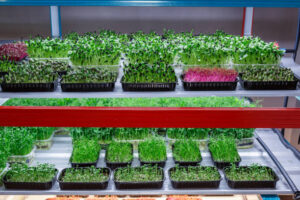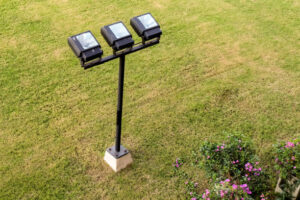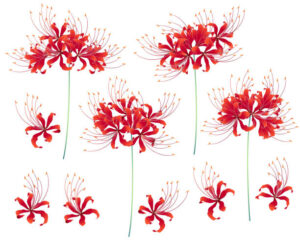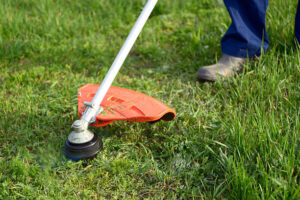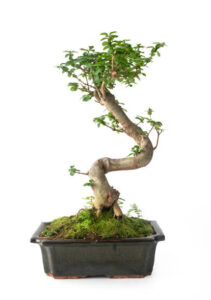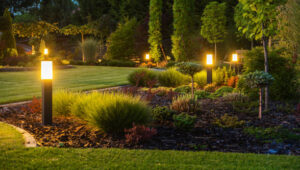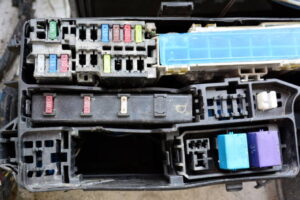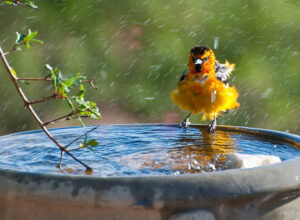Creating a Tranquil Garden Pond: Step-by-Step
Introduction:
Imagine stepping into your garden and being greeted by the soothing sounds of trickling water, the mesmerizing dance of aquatic plants, and the gentle presence of colorful fish gliding beneath the surface. Creating a tranquil garden pond is not just an aesthetic addition; it’s a journey into a realm of serenity and natural beauty. In this step-by-step guide, we’ll explore the practical tips and considerations that can transform your garden into an oasis of calm through the creation of a stunning pond.
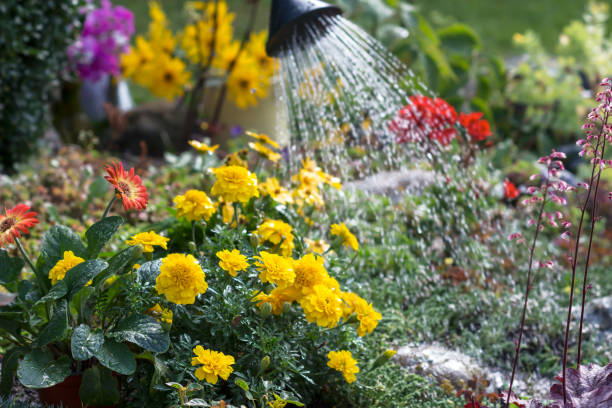
1. Inspiration and Design:
Begin your pond journey with inspiration. Explore various pond designs, from formal structures to naturalistic ecosystems. Consider the overall style of your garden—whether it’s a contemporary haven or a rustic retreat. Envision the pond’s placement; will it be a central focal point or nestled in a quiet corner? Let your garden’s character guide your decisions as you conceptualize the pond as an integral part of your outdoor sanctuary.

2. Planning Phase:
The planning phase is the blueprint for your pond. Determine the size and shape, keeping in mind available space and design preferences. Factor in the depth of the pond, considering the needs of potential aquatic inhabitants and the climate of your region. Sketch a rough layout, envisioning how the contours and edges of your pond will complement the surrounding landscape. This is the time to dream big and set the stage for your tranquil retreat.

3. Excavation:
With your plan in hand, it’s time to bring your vision to life. Excavate the pond basin according to your outlined plan. Consider creating shelves or varying depths within the pond to accommodate different aquatic plants and provide refuge for fish. Keep the edges of the pond sloping gently to allow easy access for wildlife and simplify maintenance. The excavation phase is where your garden pond starts taking shape, revealing the potential for a captivating water feature.
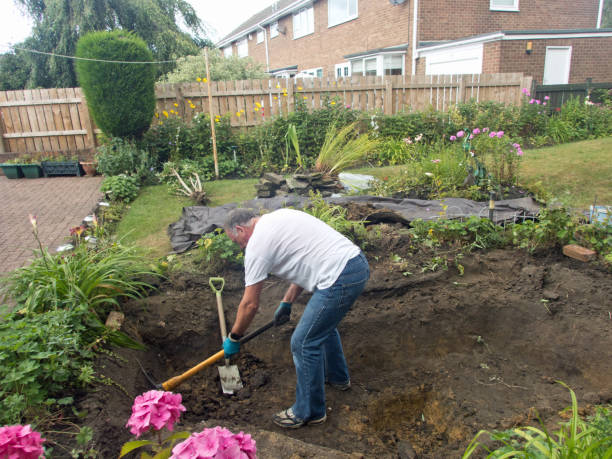
4. Lining the Pond:
To prevent water seepage and maintain the pond’s structural integrity, choose a durable pond liner that suits the dimensions of your pond. Position the liner carefully, smoothing out wrinkles and securing it in place with rocks or anchor points. Pay meticulous attention to the edges and folds to prevent leaks. The right liner ensures that your pond will hold water effectively, providing a stable environment for aquatic life.
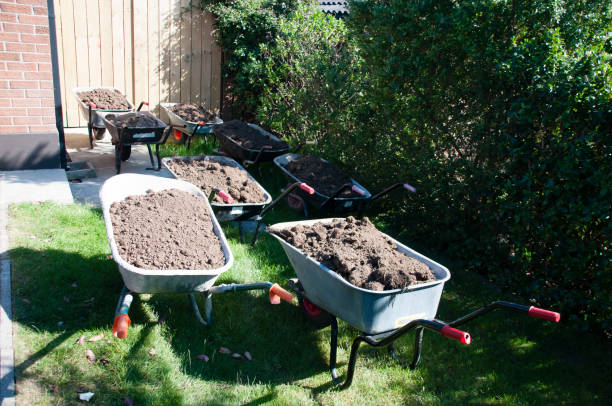
5. Protective Underlayment:
Beneath the pond liner, introduce a layer of protective underlayment. This serves as a cushion, offering an extra layer of defense against potential punctures or abrasions. Take care to ensure that the underlayment covers the entire basin, providing comprehensive protection. The protective underlayment is an often-overlooked element that adds durability to your pond and contributes to its long-term success.
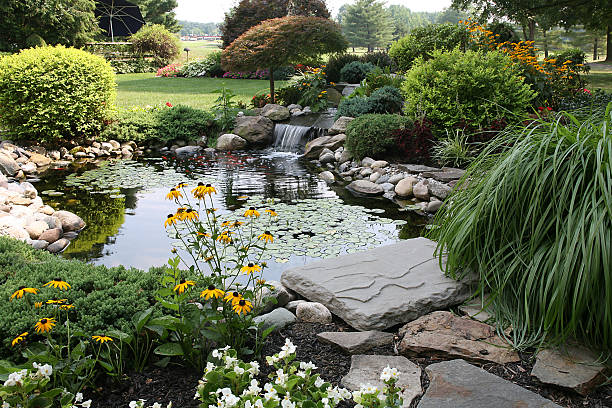
6. Water Circulation System:
A successful garden pond requires a reliable water circulation system. Choose a pump or filtration system that aligns with the size and features of your pond. Position the pump strategically to create gentle water movement, fostering a healthier environment for aquatic plants and maintaining water clarity. Adequate water circulation also prevents stagnation, ensuring a dynamic and vibrant pond ecosystem.
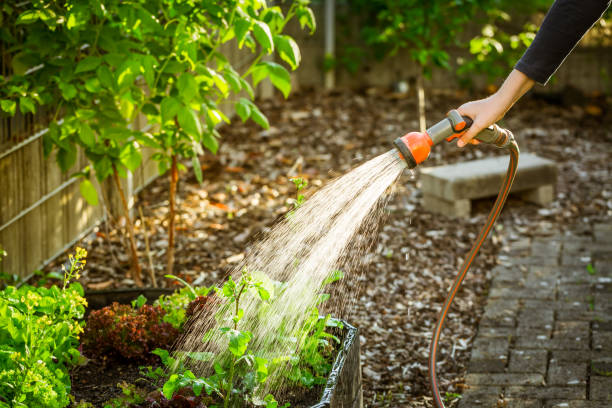
7. Rock and Stone Placement:
The artistic transformation of your pond begins with the selection and placement of rocks and stones. Arrange them along the edges and within the pond itself, creating natural-looking shelves and ledges. Larger stones can be used as focal points or to craft cascading waterfalls, adding visual interest and enhancing the overall aesthetic of your pond. Careful consideration of rock placement creates a visually appealing and harmonious pond landscape.
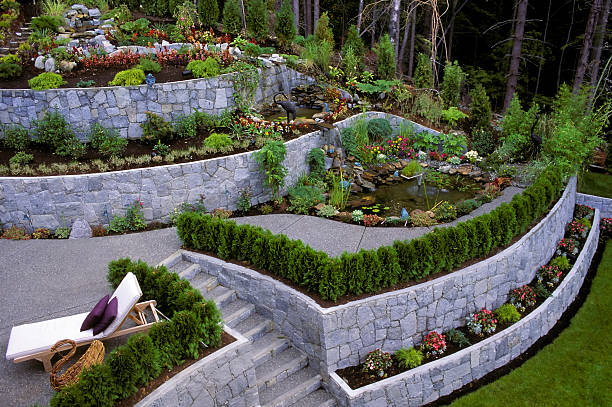
8. Aquatic Plant Introduction:
Aquatic plants are the soul of a garden pond, contributing to its beauty and ecological balance. Choose a variety of plants, including submerged, floating, and marginal species, to create a diverse and thriving ecosystem. Position plants strategically, considering their sunlight and water depth preferences. Not only do these plants enhance the visual appeal of your pond, but they also play a crucial role in maintaining water quality.
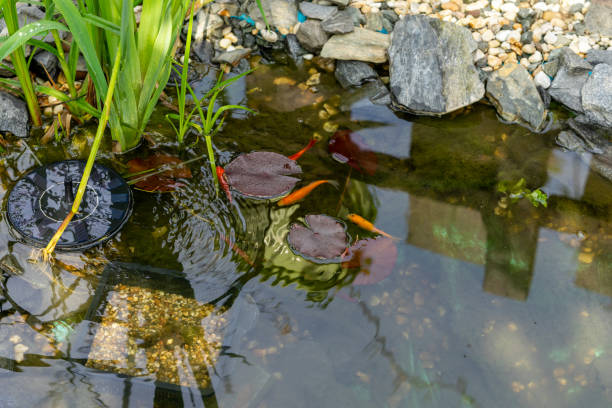
9. Introduction of Fish:
Introducing fish adds another layer of life and movement to your pond. Select fish species that are well-suited to your climate and pond size. Popular choices include koi and goldfish for their vibrant colors and adaptability. Ensure the pond’s depth provides adequate space for fish to thrive, and consider adding hiding spots like aquatic plants or underwater structures to create a secure environment.

10. Ongoing Maintenance:
To ensure the continued beauty and health of your pond, ongoing maintenance is essential. Regularly remove debris, fallen leaves, and excess algae to prevent water stagnation and maintain optimal conditions for aquatic life. Monitor water quality parameters such as pH, ammonia, and nitrate levels to ensure a healthy environment. Periodically check the pump and filtration system for efficiency and cleanliness. Consistent and thoughtful maintenance will keep your pond thriving year-round.
Conclusion:
Creating a tranquil garden pond is a journey that blends inspiration, planning, and hands-on craftsmanship. As your pond matures, observe the evolving ecosystem it hosts—plants flourishing, fish gracefully swimming, and the soothing sounds of water creating a serene atmosphere. Embrace the tranquility that emanates from the gentle ripple of water and the vibrant life within your carefully crafted pond. Your garden pond is not just a feature; it’s a testament to the transformative power of nature in your own backyard.



